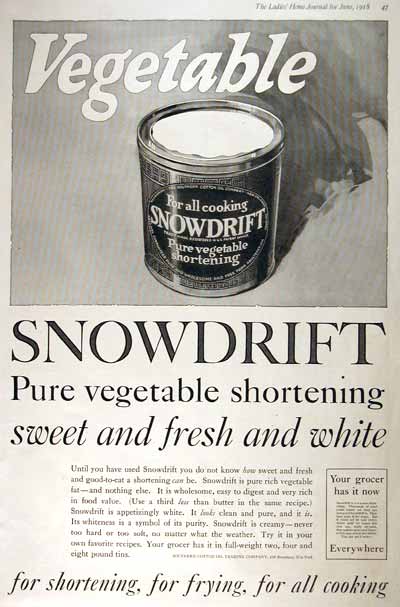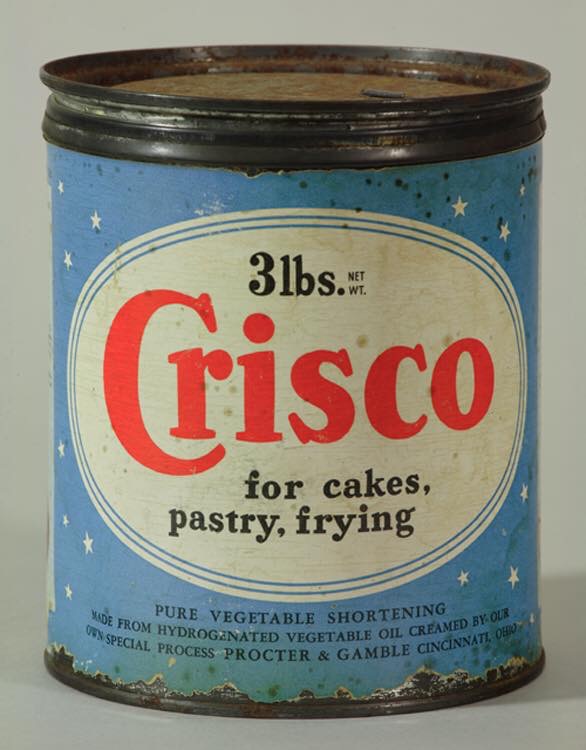The term “shortening” technically refers to any type of fat that is solid at room temperature. This includes butter, margarine and lard.
But when such a fat is cut into the flour before baking, it coats the gluten strands, retarding the gluten from forming long strands.
It “shortens” the gluten and creates a tender, crumbly or flaky product.

Shortening can be made from either animal fat or vegetable oil, but shortening made from partially or fully hydrogenated vegetable oil is more common nowadays.
Shortening is made from vegetable oils like soybean, cottonseed or refined palm oil, which are naturally liquid at room temperature.
The chemical structure of the oil is changed through a process called hydrogenation. This causes the oils to become more solid, creating a thick texture that makes shortening good to use for specific types of cooking and baking.
It also allows shortening to be very shelf-stable and stored at room temperature.
Because of shortening’s unique characteristics, it is most commonly used in baking pastries and for frying. There are many different brands, but Crisco is the most well-known brand.

Would you bake for your family with Crisco? Yes or no?


Pingback:Hydrogenation - 4 Facts you should know! - Sinsations by Radhika crisco